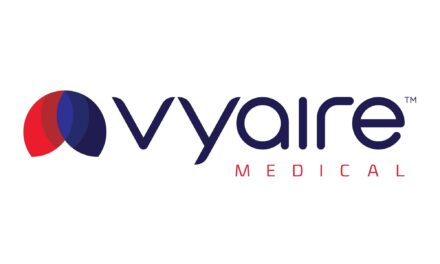Sleep apnea sufferers can gain health benefits from PAP therapy (positive airway pressure) in as little as two hours per night, according to a study presented at ATS 2022.
The retrospective, observational study, led by ResMed, analyzed the de-identified usage data of 180,000 US PAP therapy users to observe their average rates of all-cause hospitalization and emergency room visits based on the number of nightly hours they use PAP therapy, from zero to nine. Researchers found:1
- The minimum PAP therapy usage threshold for benefit was 2-3 hours per night (up to 50% lower than the 4 hours required by the US Centers for Medicare & Medicaid Services and many private payers to prove adherence)
- Benefits begin at 2 hours of nightly PAP use and increase each hour up to 7 hours per night. Benefits were seen at 90 days, one year, and two years into the study.
- Over the two years, each additional hour of nightly PAP use reduced:
- Hospitalizations by 5.0%
- ER visits by 4.4%
“This study can positively change how healthcare professionals prescribe and encourage sleep apnea sufferers to use PAP therapy — and how they’re covered,” said Atul Malhotra, lead author and research chief of Pulmonary, Critical Care, and Sleep Medicine at the University of California San Diego.
Today, the U.S. Centers for Medicare and Medicaid define PAP therapy adherence as using a PAP device for at least four hours per night for 70% of nights in a consecutive 30-day period in the first 90 days of therapy.2 Patients who do not achieve adherence may risk losing their machine after 90 days or having to pay for it themselves, depending on their insurance coverage.
“If just two hours of nightly PAP therapy use can significantly lower a patient’s risk of getting hospitalized, our health systems should encourage and enable people to access and keep using these solutions,” Malhotra said.
An estimated 54 million Americans have obstructive sleep apnea,3 a chronic disease in which throat muscles relax during sleep, constricting airflow. The body’s resulting jolt “awake” to take a breath causes dozens to hundreds of sleep interruptions per night. Sufferers often aren’t aware of these waking episodes, and 80% remain undiagnosed.4
pap therapy
References
- Malhotra A et al. Am J Respir Crit Care Med suppl (ATS Abstract) 2022
- Centers for Medicare & Medicaid Services. https://www.cms.gov/medicare-coverage-database/view/ncacal-decision-memo.aspx?proposed=N&NCAId=204. Accessed May 2, 2022.
- Benjafield AV et al. Lancet Resp Med 2019
- Young T et al. Sleep 1997










